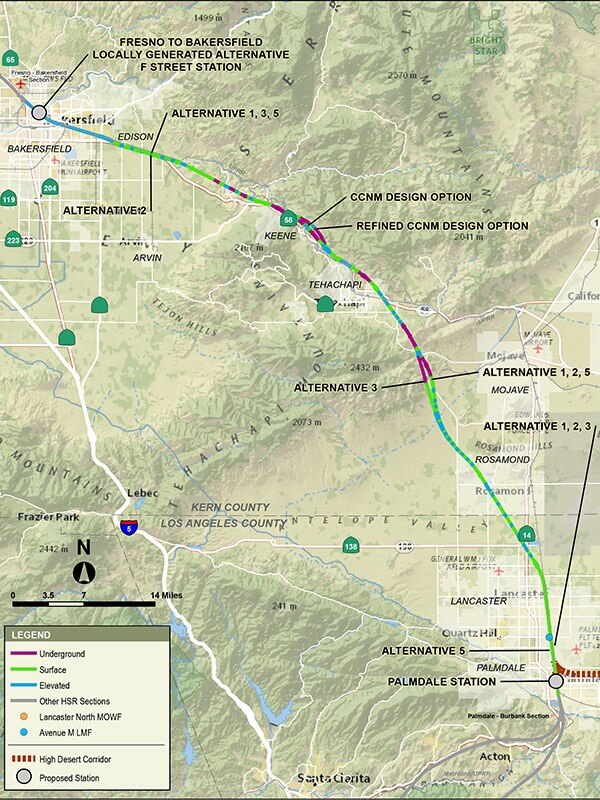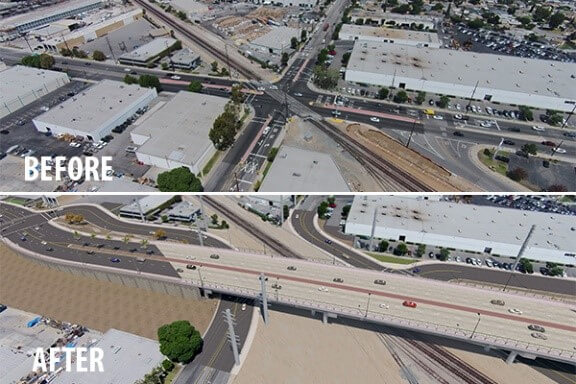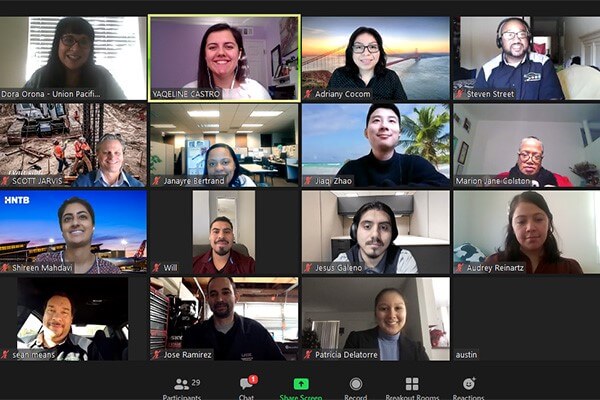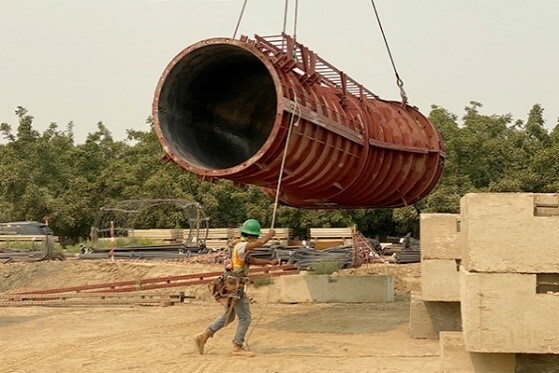Regional Newsletters
February 2021 Statewide Newsletter
CEO Report
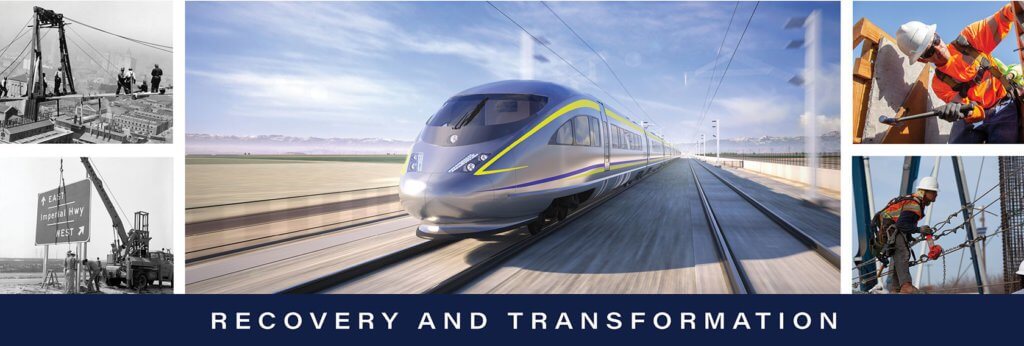
This year is starting off with plenty of energy surrounding the California High-Speed Rail project. At February’s Board of Directors meeting, we released our 2020 business Plan. This revised plan describes how the COVID-19 pandemic has impacted California’s high-speed rail project and how we are adjusting. The plan also includes highlights from the program, including the creation of over 5,200 construction jobs in the Central Valley since the start of construction, detailed information on how we plan to complete work on the first 119 miles of the system, proposals to expand that construction to Merced and Bakersfield for an initial operating segment in the Central Valley, and progress on environmental clearance statewide. Public comment for the revised plan is open for 30 days through March 12, 2021. We expect board action on the plan at the March 25th Board of Directors meeting. In the press release we put out for the Draft Business Plan, Governor Gavin Newsom emphasized his support for the project:
“At a time when job growth is needed most, California high-speed rail is putting thousands to work in good paying labor jobs in the Central Valley and making tremendous progress on construction of the nation’s first high-speed rail. Our goal is to get fast, electrified trains up and running in the Central Valley as soon as possible while leveraging other sources of funding to advance important, clean rail and transit work statewide. We’re confident that our federal partners in the Biden administration share our vision for electrified rail – we look forward to working with them to get it done.”
– Governor Gavin Newsom
In the Central Valley, we’re working to make sure the public knows how proud we are of the hard-working men and women working on this project. Three new banners marking our 5,000-worker milestone have been hung on structures in the region. Look for continued features on our social media platforms with these workers, our project engineers and more – Engineers Week, Women in Construction week and more are right around the corner.
Our good work is being noticed not just in California, but nationally as well. In the news over the past few weeks, we’ve been following the vocal support that Secretary Pete Buttigieg has been showing for advancement of high-speed rail nationally. In addition to that, acting FRA Administrator Amit Bose put out a statement of support specifically targeted to the positive work happening here in California:
“America has a chance to lead the world once more through innovation in infrastructure—connecting our communities, creating good jobs, addressing climate change and ensuring equity. Passenger rail development, including world-class high-speed rail, can and must be a part of our strategy to accomplish these goals. As in many other arenas, California has taken the lead nationally to advance high-speed rail, starting an economically transformative project in the Central Valley and assuming the challenges that come with that leadership. The U.S. Department of Transportation looks forward to partnering with California as it leads the way to build back better.”
– Acting Federal Railroad Administrator Amit Bose
A Conversation Among Regional Directors

Boris Lipkin, Northern California Regional Director, chats with new Southern California Regional Director LaDonna DiCamillo about plans for 2021 and how the Authority is working to connect the sections of high-speed rail being built in the Central Valley to Northern and Southern California.
View their conversation at https://www.youtube.com/watch?v=8TBzZFidw-s.
What is Proposition 1A?

In 2008, California voters passed Proposition 1A (Prop 1A) to begin construction of a statewide high-speed rail system. Prop 1A provided $9.95 billion in general obligation bonds for the California high-speed rail program and related transportation projects and set out requirements for how the system would be developed. See our Prop_1A_High-Level_Facts for a quick review of Proposition 1A, what a bond allocation is, and what has been done as of early 2021. The Authority has put forward a proposal for the remaining allocation of these bond dollars to be used to continue construction and progress on high-speed rail. View Chief Financial Officer Brian Annis’ presentation from the February Board of Directors meeting for an overview of this proposal.
Calling All Future Engineers
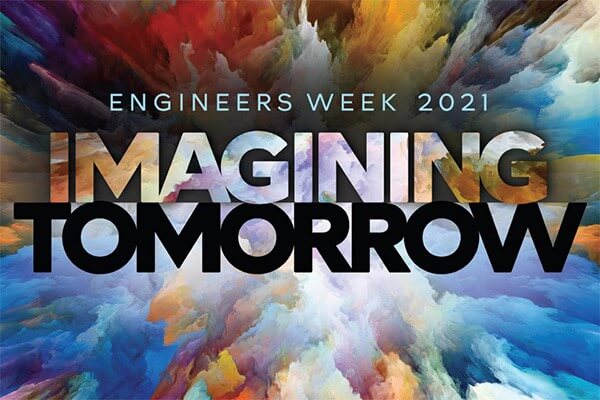
Everywhere you look, our world is changed by engineers. High-speed rail is coming to California with the help of a team of world-class engineering experts. Visit our Facebook, Twitter and LinkedIn all this week as we celebrate National Engineers Week and this year’s theme, “Imagining Tomorrow”. The engineers on the California high-speed rail project are pioneering sustainable transportation for California’s tomorrow and beyond.
Engineers help create a tomorrow that makes a difference in climate change and other daunting global challenges. Engineers Week is a time to for us to celebrate the important work these women and men are doing today and to engage the next generation of innovators.
We’re joining in the celebration to help promote the value of engineering in education and careers. Hear how engineering became a passion for some of our crew, including Regional Delivery Manager Noopur Jain in our Los Angeles office, Northern California Project Manager James Tung and Associate Project Manager Amanda Martinez in the Central Valley. The week will culminate with an engineering-themed webinar on Friday, February 26.
I Will Ride Kicks Off with Webinar Featuring Executives, Board

The revamped I Will Ride student outreach program is providing a space for professional development outside of the classroom as many student events have been put on hold. In November, the California High-Speed Rail Authority (Authority) staff welcomed dozens of students, teachers and education professionals from around the State for the “Building Student Partnerships” webinar.
Vice Chair of the Board of Directors Nancy Miller joined staff at the Authority to kick off the I Will Ride student outreach program alongside Chief Executive Officer Brian Kelly, Chief of Strategic Communications Melissa Figueroa and I Will Ride Alumni Kielan Rathjen.
Miller began the event with a moving welcome, highlighting that students and young professionals often are not exposed to the different levels of opportunities in their intended careers, especially if they come from disadvantaged backgrounds.
Following a welcome from Miller, CEO Brian Kelly added to the importance of youth and student participation not only in high-speed rail but in all aspects of government. “Students are a key part of movements for change. Your generation, in my view, has a better sense of the importance and the urgency of policy that addresses climate change,” said Kelly. “Your advocacy can make sure that we do things better and smarter.”
The Authority also welcomed Kielan Rathjen, former chapter lead of I Will Ride at UC Berkeley and now special adviser at the California Governor’s Office of Business and Economic Development (GO-Biz). Rathjen shared his experience in I Will Ride and how it introduced him to a career in public service. The program wrapped up with details about joining I Will Ride and a Q&A session with the panelists.
You can watch the full webinar on YouTube and check out the I Will Ride page to learn more about the program.
Quarterly Newsletter Archive
- Winter 2024 All Aboard Newsletter
- Fall 2023 All Aboard Newsletter
- Summer 2023 All Aboard Newsletter
- Spring 2023 All Aboard Newsletter
- Winter 2023 Quarterly Newsletter
- Fall 2022 Quarterly Newsletter
- Summer 2022 Quarterly Newsletter
- Spring 2022 Quarterly Newsletter
- Winter 2022 Quarterly Newsletter
- Fall 2021 Quarterly Newsletter
- Summer 2021 Quarterly Newsletter
- Regional Newsletter - May 2021
- Regional Newsletter - February 2021
- Regional Newsletter - November 2020
- Regional Newsletter - August 2020
- Regional Newsletter - June 2020
- Regional Newsletter - February 2020
- Regional Newsletter - November 2019
- Regional Newsletter - August 2019
- Fall 2023 All Aboard Quarterly Newsletter
- Summer 2023 All Aboard Quarterly Newsletter
- Winter 2022 Quarterly Newsletter
- Regional Newsletters – Nov 2019
- Regional Newsletters – Feb 2020
- Regional Newsletters – Aug 2020
- Regional Newsletters – June 2020
- Regional Newsletters – Aug 2019
- Winter 2024 All Aboard Quarterly Newsletter
- Spring 2023 All Aboard Quarterly Newsletter
- Winter 2023 Quarterly Newsletter
- Fall 2022 Quarterly Newsletter
- Summer 2022 Quarterly Newsletter
- Spring 2022 Quarterly Newsletter
- Fall 2021 Quarterly Newsletter
- Summer 2021 Quarterly Newsletter
- Regional Newsletters May 2021
- Regional Newsletters – Feb 2021
- Regional Newsletters – Nov 2020
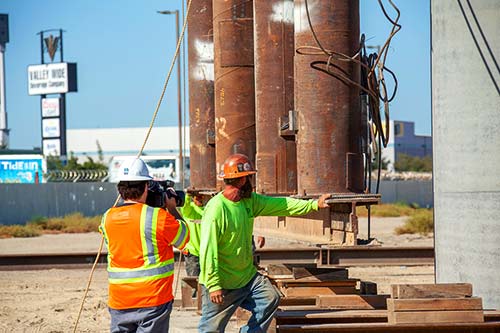
The California High-Speed Rail Authority makes every effort to ensure the website and its contents meet mandated ADA requirements as per the California State mandated Web Content Accessibility Guidelines 2.0 Level AA standard. If you are looking for a particular document not located on the California High-Speed Rail Authority website, you may make a request for the document under the Public Records Act through the Public Records Act page. If you have any questions about the website or its contents, please contact the Authority at info@hsr.ca.gov.


 In 2020, we passed a major milestone in bringing high-speed rail to Northern California, issuing draft environmental documents for both Northern California project sections. These documents are the culmination of almost 10 years of work gathering public feedback, analyzing requirements, and designing the system so that it minimizes impacts and maximizes benefits for Northern California residents.
In 2020, we passed a major milestone in bringing high-speed rail to Northern California, issuing draft environmental documents for both Northern California project sections. These documents are the culmination of almost 10 years of work gathering public feedback, analyzing requirements, and designing the system so that it minimizes impacts and maximizes benefits for Northern California residents.
 What would you do if you knew you couldn’t fail? When Anne Staines launched a small business out of her Sacramento home in 2004, she asked herself that very question.
What would you do if you knew you couldn’t fail? When Anne Staines launched a small business out of her Sacramento home in 2004, she asked herself that very question.